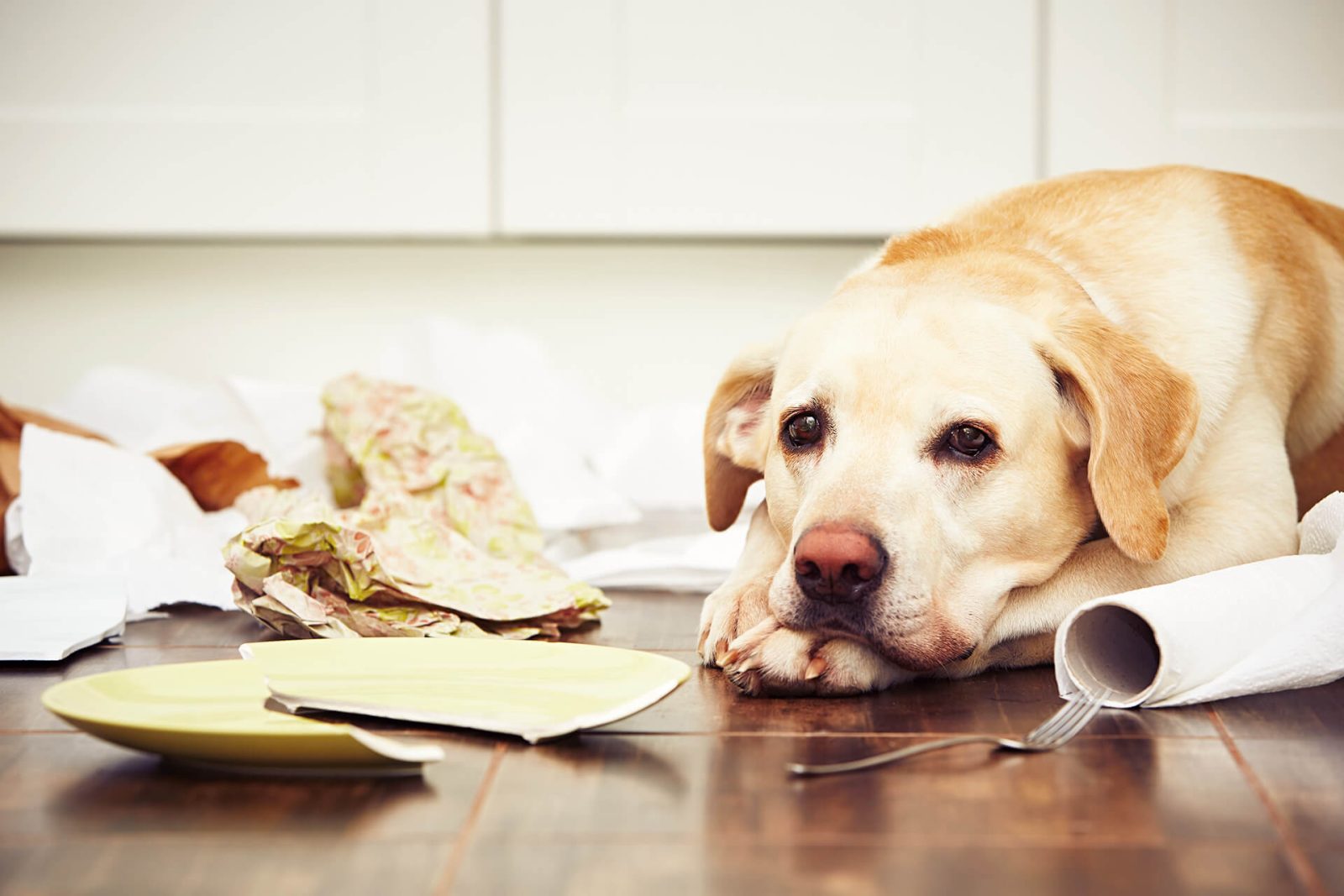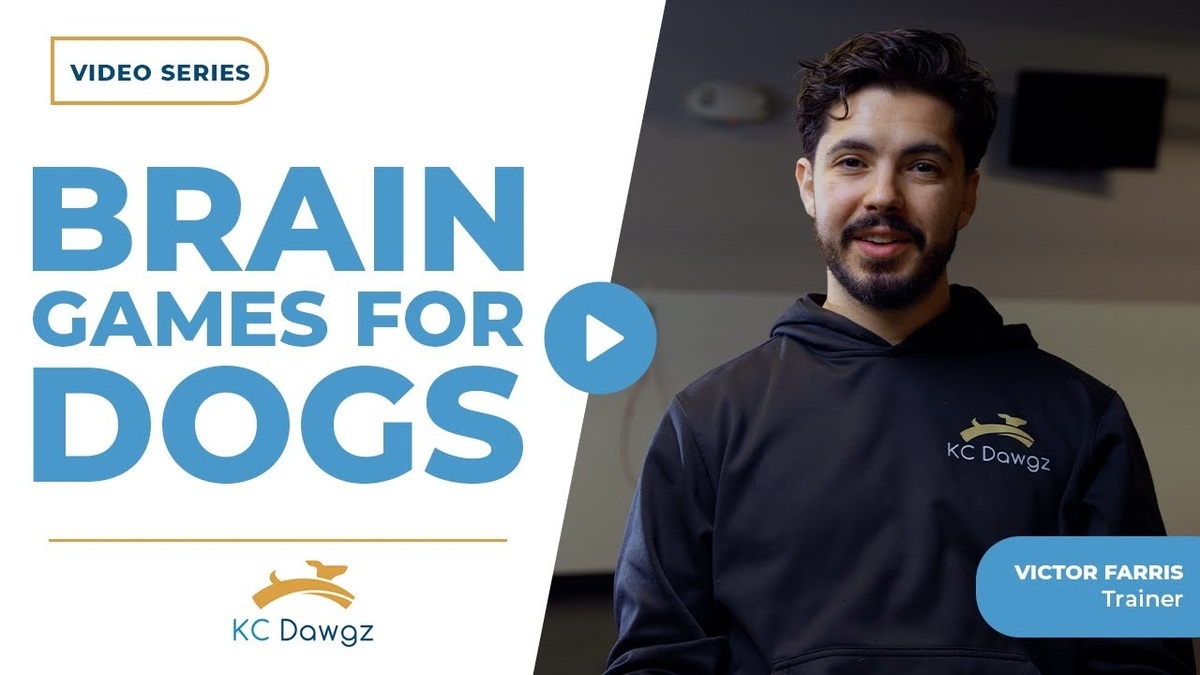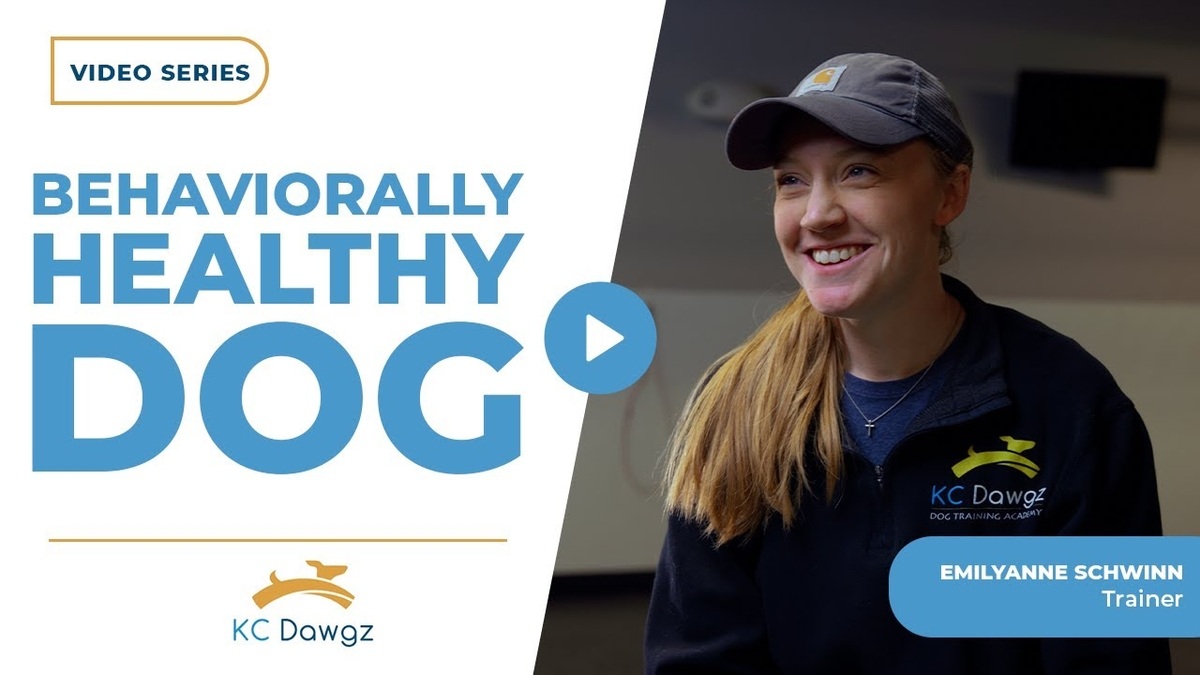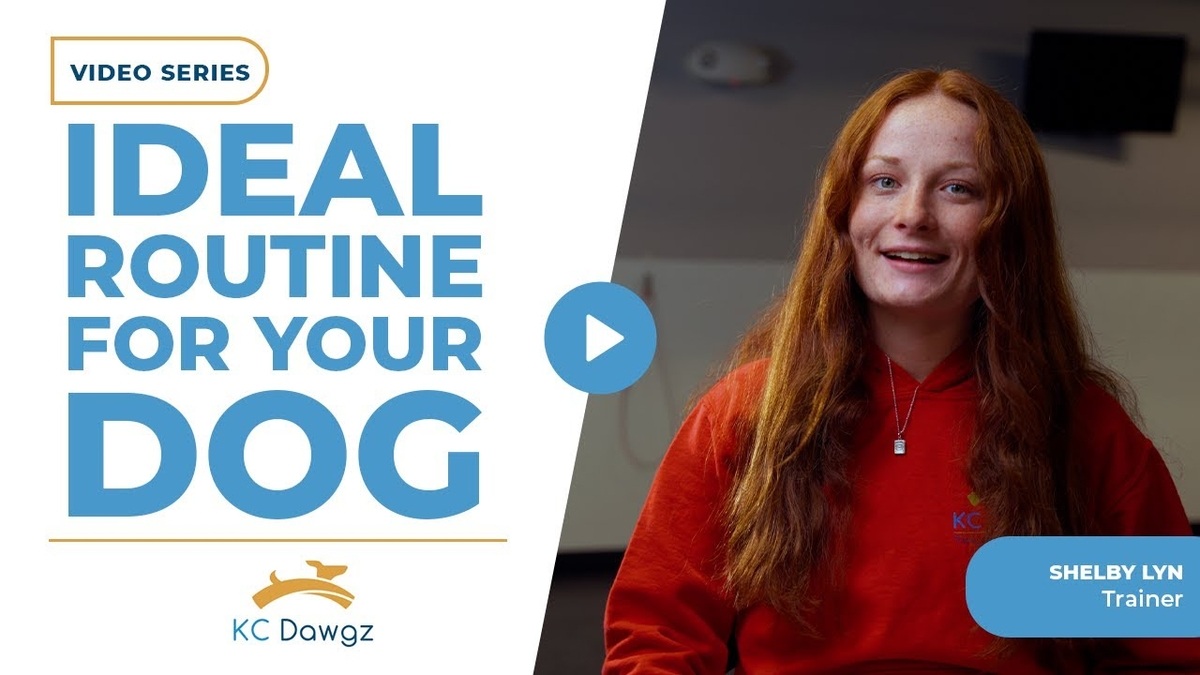When you leave your house do you find that your dog seems to get nervous? It could be that your dog chews or destroys your furniture when you are out. If so, these are signs that your dog may have separation anxiety.
Separation anxiety explained
Separation anxiety relates to the way your dog reacts when left alone. Your dog may seem stressed or particularly attached when you leave him alone. It’s not just simply whining when you go out, but more of a serious issue. Quite often, it can cause owners to feel frustrated but the good news is there are many things that you can do to ease separation anxiety. First of all, we will outline some of the circumstances which may cause your dog to behave like this:
● Loss of a family member
● Change of owner
● Left alone for the first time, especially when he’s used to having people around him
Signs to look out for
Your dog may display the following symptoms when he is left alone:
● Housetrained but may start to have accidents
● Attempts to escape
● Whines, barks or howls excessively
● Scratches and chew things
● Paces up and down, repetitively
Your dog is not likely to do these things when you are home but may do them occasionally. However, a dog who has separation anxiety will do them a lot.
Special consideration
Dog training with a private dog training can make a dog anxious as your dog is around people he doesn’t know and in a new environment. It is important to ensure that your dog’s feelings are considered and that they are given time to adjust. The same can be said for when you opt for group dog training at “Board and Train” centres, as these can also cause a dog to feel anxious. However, with careful planning and preparation, dog training can help to ease your dog’s stress.
Dealing with separation anxiety
First of all, it is worth speaking to your vet to make sure that your dog does not have any medical issues. A dog can have accidents in the home if they have a hormone issue, an infection as well as other health problems. If your dog’s separation anxiety is only mild, then the below advice may help:
● When you come home or first leave your home, try and be as low key as possible when it comes to greeting your dog. When you first get home, try and ignore your dog for a few minutes, to begin with.
● Each time you leave your home give your dog a treat such as a toy stuffed with his favourite treat. When you get back home, remove the street from your dog. This way your dog only gets the treat when you are away from the heart.
● You can purchase supplements which can naturally calm your dog.
● When you leave your home, leave out some clothes that you have recently worn which carry your scent.
If, however, you feel that your dog’s separation anxiety is a bigger problem that won’t be solved using treats or distraction, then you will need to get your dog used to you not being there. It could be that your dog starts to seem stressed when he spots you doing things to show that you are leaving such as getting your keys or putting your shoes on. So, when you next do these things, don’t leave. Start to do these things a few times each day and this should help your dog to feel less anxious and once this happens you can start to slowly leave.





